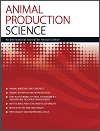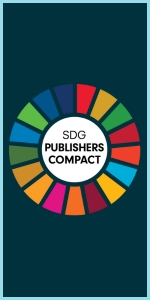AN25092Growth curves of three broiler chicken strains fed diets of different nutritional densities
 , Marley Conceição dos Santos, Leopoldo Malcorra de Almeida, Everton Luis Krabbe, Alex Maiorka and Simone Gisele de Oliveira
, Marley Conceição dos Santos, Leopoldo Malcorra de Almeida, Everton Luis Krabbe, Alex Maiorka and Simone Gisele de Oliveira
The purpose of this study was to evaluate the growth curves of three broiler chicken strains and the effects of different dietary nutritional densities on growth performance. The Gompertz model explained 99% of the variation in chicken weight. Chickens fed a regular diet had slower maturation and lower growth rates, whereas Strain A showed lower bodyweight and feed intake than did Strains B and C. Higher nutritional density diets increased growth rates, but all strains exhibited similar allometric growth patterns.




